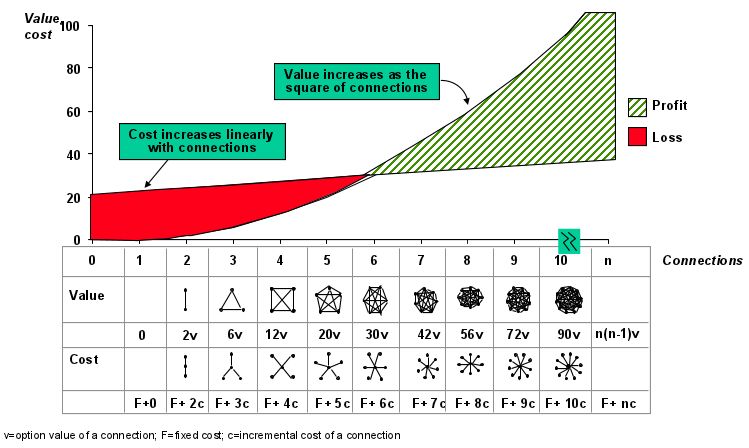It is perhaps an understatement to say that “5G” has business model issues. We often think of such challenges in terms of revenue, profit and value, but there is more. Many would argue that the upside to 5G will come from new applications and use cases substantially related to use of such networks by machines, servers and sensors, not human beings connecting smartphones, PCs, tablets, TVs or personal devices.
There is a perhaps-larger understanding of internet of things to play out over the next couple of decades, involving business processes that happen without direct human intervention.
That is significant, not only because the incremental revenues mobile operators can create will happen because sensors and computers need to retrieve data and analyze it, and not primarily because humans will want to talk, text, access the internet or watch video.
Sure, we all hear phrases such as “fourth industrial revolution” that are built on the changes. But that does not actually matter to most people, doing their actual jobs, right now. And that makes it tough to create compelling and insightful content that is deemed relevant.
Among the problems is that a complex set of changes to various ecosystems will happen, building on internet apps, internet access, 5G and other access technologies, cloud computing, big data analytics, robotics, machine learning and artificial intelligence. Others might include biotechnology, materials science and other developments as part of the fourth industrial revolution as well.
As a normal matter of course, nobody really has a job description embracing all that, just as virtually nobody had job responsibilities directly related to the evolution from agriculture to industrial production; or industrial production to a services economy.
So any more-narrow focus on any one of those areas necessarily misses the broader economic or business impact of the combined set of technologies, processes and capabilities.
When you spend a lot of time organizing conference content, those sorts of big changes are hard to operationalize, since almost nobody actually has a job function directly related to such big changes in business processes.
In fact, our efforts to make content more sensible by breaking it up into constituent parts (5G, cloud computing, AI, big data, internet of things) actually obscures the broader changes.
To complicate matters even more, the changes might only appear first in developed markets, where mobile data and mobile services have ceased to be growth drivers. In developing markets, revenue growth will continue to be seen in mobile subscriptions and mobile data, for some time.
And even there, applications, not access, will drive revenue growth. In other words, 5G will be the first mobile network platform whose business model will live or die based on new apps and use cases for non-human applications, mostly created by third parties.
Those are fundamental shifts. And yet almost nobody has a specific job function related to such changes. That makes difficult the task of creating relevant content that also shows the way forward.

